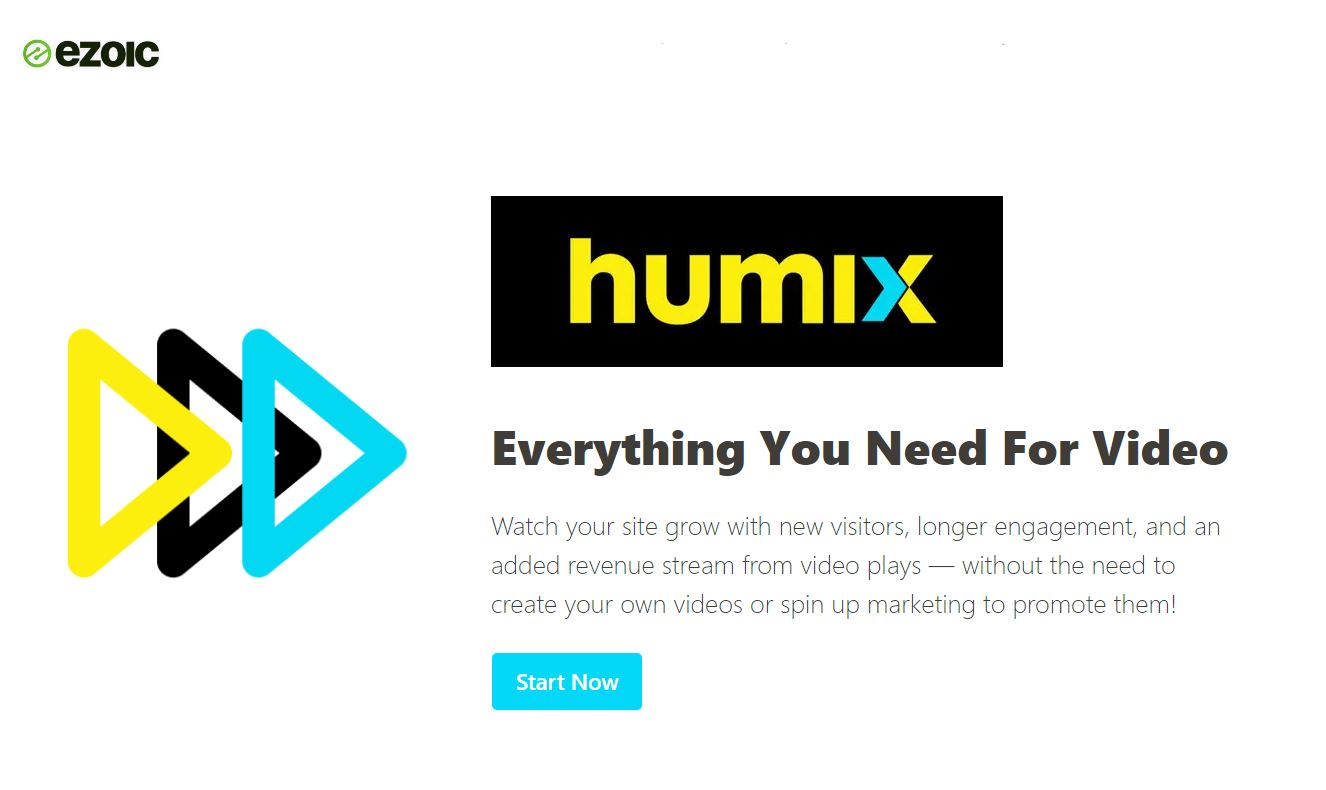As marketers, you’re at the forefront of developments in technology and data. In two years, more data has been created than in the whole history of humanity. And it doesn’t look like slowing down. By 2020, there will be 6.1 billion smartphones globally, constantly collecting information about their owners, from their demographic info to their attitudes, hopes, fears, and beliefs.
Famed creative leader David Ogilvy said, “Give me the freedom of a tight brief”? Tech advances in mobile, data collection and ad serving give you the ability to collect consumer information, accurately target audiences and analyze and optimise your creative output. This forces you to work within strict creative frameworks, which taxes your thinking and generally leads to the most robust and effective creative ideas. Many of the greatest creative minds of our age, from Ogilvy to T.S. Eliot, have argued that too much creative freedom leads to lazy, undefined, sprawling creative.
So, you know that technology and data can be used to improve creative effectiveness, but these areas are often treated like church and state. How can you blend technology and creativity?
1. Challenge your traditional creative mindset
Creative models are stuck in a traditional mindset. As new technologies like smartphones and wearables emerge and provide new opportunities for creative evolution, most of you are still producing the same creative messaging for every consumer and across every platform.
You have access to programmatic technology that can pinpoint specific consumers at a one-to-one level, so why not tailor creative messaging to individual consumers? There’s plenty of research which proves that it’s the messaging that gets the consumer over the line, and no two consumers are the same, so why serve them all with the same message? Creativity online has so much potential – you could, for example, develop fluid websites which adapt their structure and messaging according to user search history and preferences. Google stands as a shining example in this space.
Why are so many of you still using the same creative across all platforms and devices, even though you know various channels and platforms are consumed very differently? It may be okay to have your key creative message at the end of a TV ad, but it needs to be right up front if you’re creating a YouTube pre-roll which could fall foul of the ‘Skip’ feature. New smartphone technologies are consumed differently to TV and laptops – you could adapt your creativity online by producing vertical videos which suit mobile consumption, rather than traditional horizontal creative.
The obvious hurdle here is resource – time and budget. Developments in automation and outsourcing should lessen these burdens over time.
2. Get your head around automated creative
Machine learning and automation are developing at a fantastic rate, such that specific creative can be developed and served to an individual based on their digital information. Don’t expect artificial intelligence to be writing screenplays and producing ad campaigns anytime soon, but there are already algorithms that take data inputs and turn them into news articles, and that can serve creative based on the individual.
One such example is the Brazilian Axe online video campaign, called ‘Romeo Reboot’, which distributed a range of different story arcs to different consumers, based on their own digital profiles and the brand’s insights as to which storyline would speak to each consumer.
3. Optimise your creative in real time
If you’re serving multiple creative executions to different consumers, you can also use engagement data to determine in real time which creative is most effective. Facebook and Google have been developing highly effective tools in this space for some years.
M&C Saatchi recently created an outdoor digital poster campaign for its client Bahio, in which the creative executions changed based on the reactions of passersby. The agency claimed this as the world’s first artificial intelligence poster campaign. The digital poster contained around 1,000 images and other creative elements, while also changing its font, layout, and wording. Any messaging which did not engage passersby was removed from the rotation, while more engaging creative was given preference.
4. Shift your internal culture
One of the major impediments to a true mixing of tech or data with creativity is that tech-experts and creatives generally belong to different internal departments within your businesses. Too often a single department tackles a brief then brings other skillsets into the equation far too late in the game.
Rather than building teams around certain skill sets – such as the SEM team or the Creative team or the Data and Analytics team – you might benefit from building units around certain clients or projects. This ensures that all relevant skill sets are involved in the conversation from brief to execution and beyond, each informing the other from the onset. WPP’s head honcho Martin Sorrell has supported this way of thinking for many years.
5. Rally around centralized targets
One of the biggest issues with the aforementioned silo-based thinking is that each department has a different understanding of success. Tech- and data-led thinkers might look for ROI whereas a creative will be more impressed with an original idea. Clearly defined goals based on genuine business outcomes, such as sales, leads or engagement, will ensure everyone is moving towards the same endpoint. The combination of bringing different skill sets together and rallying them around the same goals will likely lead to better campaigns.
6. Create new job descriptions
Rather than sitting a creative and a data expert next to one another, why not think up an entirely new job description that blends the two skillsets. Easier said than done, but not impossible. Take a look at shifts in journalism, for instance. Journalism has been experiencing intense structural changes, with declining ad revenue and the mass exodus to digital, leading to thousands of redundancies at most major publishers. Through my own engagement with this industry, I have noticed that, as a result of this transformation, a new Jack-of-all-trades journalist has arisen – a creative individual who not only chases down stories and acts as reporter or editor or blogger but has technical skills to boot, with the ability to film, photograph and edit, manage websites and even design a webpage. These are the individuals who will not only avoid redundancy; they will also flourish in this new environment.
Marketing is experiencing similar shifts, so those looking to succeed might want to pick and choose their training and education and experience to generate a truly blended role. In years to come, the most valued individuals might be creative technologists or creative analysts.
Final thoughts …
The explosion in technology in the data-capture, targeting, and ad-serving spaces should be seen as an exciting development, which can guide creative ideation while keeping it accountable. Let’s not hinder this opportunity with old-school notions of church and state. If you can take away one piece of advice from this piece, it’s that you should (and with advancements in tech you increasingly can) break down redundant creative barriers, both in terms of using technology to improve creative effectiveness, and in terms of structurally changing your business to best facilitate this type of thinking.
Of course, I’m talking about changing the structure and processes that have probably defined your business for many years. This type of change isn’t cheap. Food for thought – how can you implement these changes in a cost-effective and realistic way? If you don’t, somebody else will, and you’ll be left behind.










Great piece! I have worked in businesses that embrace tech and explore all of the opportunities with excitement and open-mindedness. This always fostered an innovative, curious and creative culture and work! In contrast, I have also worked in places that are reluctant to break ‘traditional’ ways of doing things even if they appear broken. Reasons for this way of thinking usually relate to budget or time.
Automation is the future of creative. Any complacent agency folk need to be taking a good look at themselves. If machines are writing articles for journalists, how long till they are producing ads?
It certainly would be great to have such specific and personalised creative served to consumers. The amount of impressions currently served on multiple platforms miss the target audience most of the time. Having the ability for automated creative to be served should in theory result in much higher click through rates, but I don’t think we’ll be there for a while yet…
It’s all well and good to talk about generating multiple versions and targeting individuals with specific creative messaging, but a machine can never come up with a creative idea, so how do you propose to add all the extra hours to the day to actually implement these ideas? Good ideas but pie in the sky at present. One day maybe. One day. Wouldn’t it be nice.
Shifting the internal culture within the business is a really good point. In any industry I’ve worked in, more often than not the work is discussed separately between teams and then problems occur when it comes to actually putting the project into action. Much more productive to work as one team from the beginning.